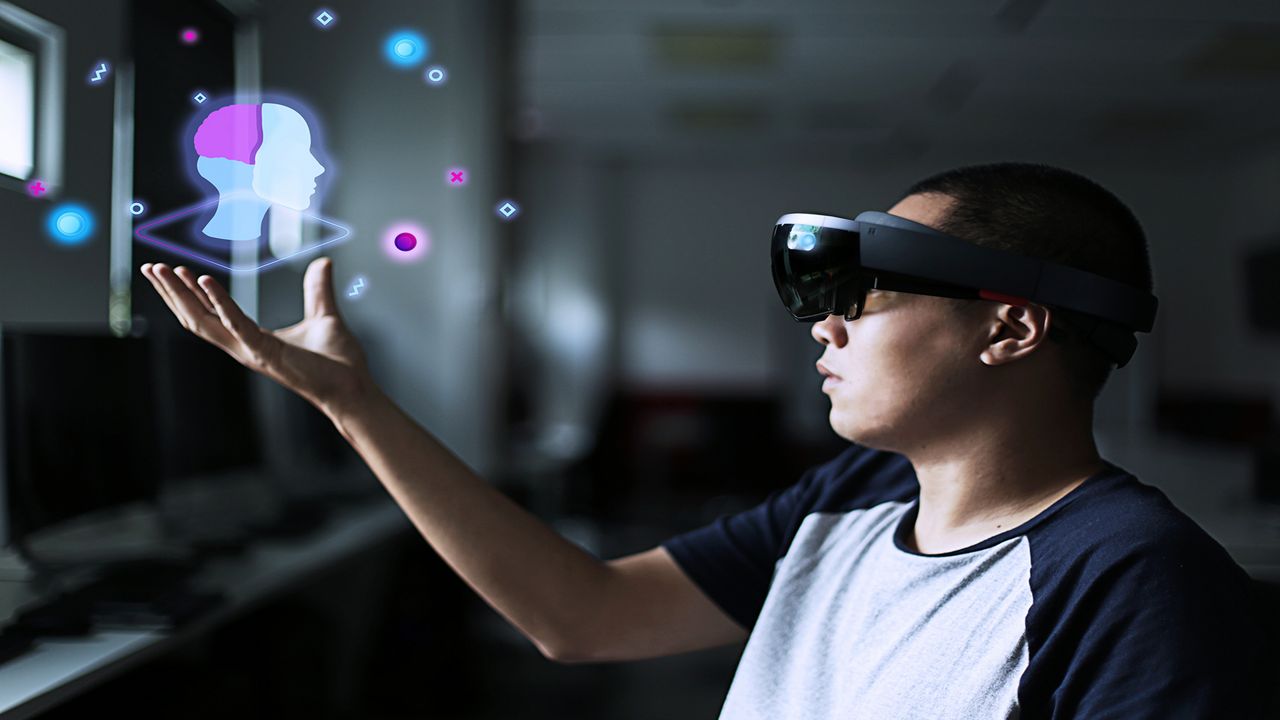Most children beginning around 2-years old can walk up to a digital assistant in their home these days, say “hey goo-goo”, and get a weather forecast dictated back to them. In a quickly-growing trend, AI (Artificial Intelligence) is more and more becoming a part of everyday life.
While some enjoy the digital help, performing simple tasks around the home, NOAA and Google signed an agreement to use AI in ways that could transform the weather enterprise.
AI in weather is certainly nothing new. Before the fancy name (including machine learning and neural networks), scientists relied on handwritten algorithms for weather detection.
Fire detection is an example of how AI coupled with weather satellites can direct first responders to a wildfire’s remote location.
In January 1980, two scientists, Michael Matson and Jeff Dozier, who were working at NOAA’s satellite data office Maryland, detected tiny bright spots on a satellite image of the Persian Gulf. The image had been captured by an instrument on the NOAA-6 satellite.
The spots, they discovered, were campfire-sized flares caused by the burning of methane in oil wells. It marked the first time that such a small fire had been seen from space.
Dozier, was “intrigued by the possibilities,” and he went on to develop, within a year, a mathematical method to distinguish small fires from other sources of heat. This method would become the foundation for nearly all subsequent satellite fire-detection algorithms.
Many years later, with cloud computing that is vastly more powerful, AI is tackling big data problems, sifting through mountains of data that would otherwise be too big to handle.
Ship tracks are examples of aerosols produced by marine diesel engine exhaust that condense to form clouds along the ship’s path, or “track”. These aerosols and subsequent clouds could play a role in radiative cooling processes that regulate the Earth’s overall temperature.
In order to better study the heat release and its effect on the environment, researchers are employing AI to find ship tracks on petabytes of data of satellite images for the past several decades. (1 petabyte = 1000 terabytes).
If AI can recognize patterns in the atmosphere, which acts like a fluid, then surely it can recognize dangerous patterns in an actual fluid to save lives.
Enter AI at the beach: NOAA has been performing research to detect rip currents along the shoreline from coastal imagery. This research is improving the NOAA rip current forecast model.
More than just remote sensing, the Google AI is poised to enhance NOAA’s prediction of extreme weather events. Aggregating enormous amounts of data from observations is critical in providing the best forecast possible.
That big data is already plugged into the world’s finest weather models, but even they are sometimes a bit biased. By using AI, NOAA is leveraging the power of machine learning that could increase the accuracy of these prognostications.
NOAA isn’t the only player in the weather enterprise that announced using AI to enhance forecast accuracy. You’ve probably already seen an AI-enhanced forecast on Spectrum News.
The futurecast, or future radar, can be programmed to display a proprietary weather model, updated hourly by IBM, that uses AI features to determine rain intensity or snow over a particular location. It will get it’s first big test this winter, since the model only debuted last January.
Remember how we never really got any snow last year? (Technically NYC had 4.8 inches of snow last winter, far below the seasonal average of 25 inches.)
In the short term, will AI replace human meteorologists? A simple answer is no because NOAA is investing in the type of AI that can only enhance a meteorologist’s predictions.
In the case of the ship tracks, for instance, researchers had to manually find hundreds of ship tracks and tell the AI where to find them and what they looked like in order to get started on the mammoth task of compiling all the years of data--something that would have taken an extraordinary amount of time to do manually by hand.
An even more important way that AI will enhance a meteorologist’s forecast is by producing outcomes much faster. The processing of weather model data is very computationally taxing on even the world’s fastest supercomputers.
It still takes 4-6 hours for these weather models to complete a single cycle, forecasting 1-10 days out in time. NOAA hopes that AI can cut this time down to a fraction of that.
Even if we see just a small benefit from AI assisted forecasts initially, the partnership looks bright. The future is exciting in the weather enterprise as more sources of interconnected devices report observations to help forecast the weather in a way that will do some good for the world.
